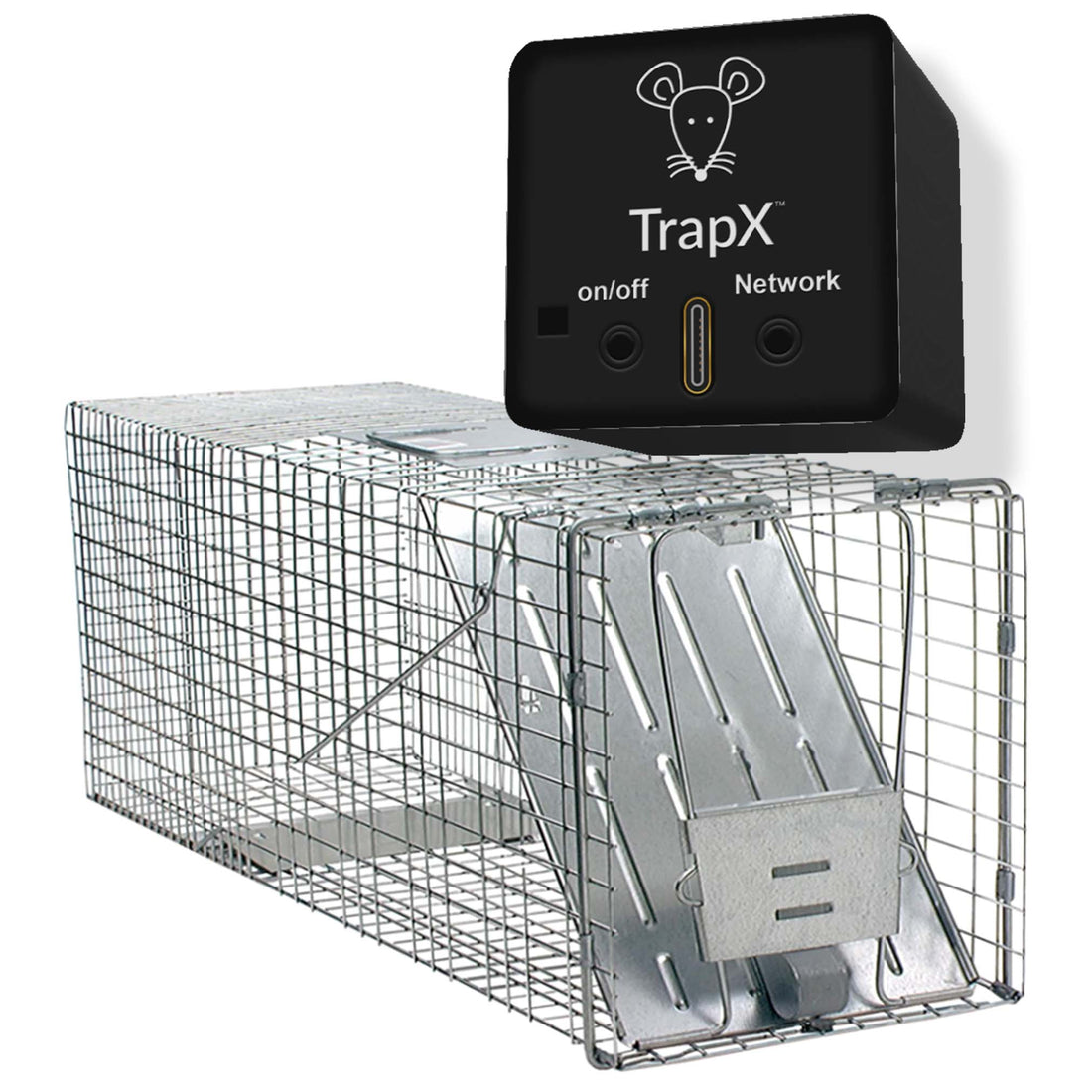Rats. Just the word sends shivers down many people's spines. These pesky rodents can cause significant damage to homes, spread diseases, and create an overall sense of unease. If you've ever had a rat problem, you know how crucial it is to find an effective solution. Enter electric rat traps for homes - a modern, efficient, and humane way to deal with these unwelcome guests.

Why Choose Electric Rat Traps?
Traditional methods of rodent control, such as snap traps and poison, have been around for decades. However, they come with their own set of problems. Snap traps can be messy and dangerous, especially if you have pets or children. Poison, on the other hand, can be harmful to other wildlife and poses a risk of secondary poisoning to pets.
Electric rat traps offer a more advanced solution. They are designed to deliver a quick, humane electric shock to the rat, ensuring a swift and painless death. This method is not only more humane but also more efficient, reducing the chances of rats escaping or suffering prolonged agony.
How Do Electric Rat Traps Work?
Electric rat traps are quite simple in their operation. They typically consist of a bait compartment, a high-voltage electric circuit, and a trigger mechanism. Here's a step-by-step breakdown of how they work:
- Baiting: The trap is baited with a food item that attracts rats, such as peanut butter or cheese.
- Entry: The rat enters the trap to reach the bait.
- Trigger: As the rat steps on the trigger plate, it completes the electric circuit.
- Shock: The completed circuit delivers a high-voltage electric shock to the rat, killing it instantly.
- Disposal: The dead rat can then be safely and hygienically disposed of.

Benefits of Using Electric Rat Traps in Homes
Electric rat traps offer several advantages over traditional methods:
1. Humane and Quick
One of the most significant benefits of electric rat traps is their ability to deliver a quick and humane kill. Unlike snap traps or glue traps, which can cause prolonged suffering, electric traps ensure that the rat dies instantly.
2. Safety
Electric rat traps are designed with safety in mind. They are typically enclosed units, preventing accidental contact with the electric components. This makes them safer to use in homes with pets and children.
3. Clean and Hygienic
Unlike snap traps, which can leave a mess, or poison, which can result in rats dying in hard-to-reach places, electric rat traps contain the dead rat within the unit. This makes disposal clean and straightforward.
4. Reusable
Many electric rat traps are reusable, making them a cost-effective solution in the long run. Once a rat is caught and disposed of, the trap can be reset and used again.

Choosing the Right Electric Rat Trap for Your Home
When selecting an electric rat trap for your home, there are several factors to consider:
1. Size and Capacity
Ensure that the trap is appropriately sized for the type of rodent you're dealing with. Some traps are designed for smaller mice, while others are built to handle larger rats.
2. Power Source
Electric rat traps can be powered by batteries or plugged into an electrical outlet. Battery-operated traps offer more flexibility in terms of placement, while plug-in models ensure a constant power supply.
3. Ease of Use
Look for traps that are easy to set up and use. Some models come with indicator lights or alarms to notify you when a rat has been caught, making the process more convenient.
4. Price
While electric rat traps can be more expensive upfront compared to traditional traps, their reusability and efficiency often justify the cost. Consider your budget and choose a trap that offers the best value for money.
Setting Up and Using Electric Rat Traps
To get the most out of your electric rat trap, follow these steps:
1. Identify Rat Activity
Determine where rats are most active in your home. Look for signs such as droppings, gnaw marks, and greasy rub marks along walls and baseboards.
2. Choose the Right Location
Place the trap in areas where rats are likely to travel, such as along walls, near food sources, and in dark, secluded areas.
3. Bait the Trap
Use an attractive bait, such as peanut butter, cheese, or dried fruit, to lure the rat into the trap. Apply a small amount of bait to the bait compartment.
4. Set the Trap
Follow the manufacturer's instructions to set the trap. Ensure that the trap is properly armed and ready to deliver a shock when the rat enters.
5. Monitor the Trap
Check the trap regularly to see if a rat has been caught. Some traps have indicator lights or alarms to notify you when a catch has been made.
6. Dispose of the Rat
Once a rat has been caught, dispose of it safely and hygienically. Wear gloves and use a plastic bag to remove the dead rat from the trap. Clean the trap according to the manufacturer's instructions before resetting it.
Maintaining Your Electric Rat Trap
Proper maintenance is essential to ensure the longevity and effectiveness of your electric rat trap. Here are some tips:
1. Regular Cleaning
Clean the trap regularly to remove any debris or residue that may interfere with its operation. Follow the manufacturer's cleaning instructions to avoid damaging the trap.
2. Check Batteries
If your trap is battery-operated, check the batteries regularly and replace them as needed. Ensure that the trap has a consistent power supply to function effectively.
3. Inspect for Damage
Periodically inspect the trap for any signs of wear or damage. Replace any damaged components to ensure the trap continues to work correctly.
Common Myths and Misconceptions About Electric Rat Traps
There are several myths and misconceptions surrounding electric rat traps. Let's address some of the most common ones:
1. Electric Rat Traps Are Dangerous
While it's true that electric rat traps use high voltage to kill rats, they are designed with safety features to prevent accidental contact. As long as you follow the manufacturer's instructions, electric rat traps are safe to use in homes.
2. Electric Rat Traps Are Inhumane
Electric rat traps are actually one of the most humane methods of rodent control. They deliver a quick and painless death, reducing the suffering experienced by the rat compared to other methods like snap traps or poison.
3. Electric Rat Traps Are Expensive
While the initial cost of an electric rat trap may be higher than traditional traps, their reusability and efficiency often make them more cost-effective in the long run.
Conclusion
Electric rat traps for homes offer a modern, efficient, and humane solution to rodent problems. They provide several advantages over traditional methods, including safety, cleanliness, and ease of use. By choosing the right trap and following proper setup and maintenance procedures, you can effectively control rat infestations and protect your home from these unwanted pests.
Remember, the key to successful rodent control is persistence and vigilance. Regularly monitor your traps, keep your home clean and free of food debris, and seal any entry points to prevent rats from returning. With the right approach and tools, you can keep your home rat-free and enjoy peace of mind.
May16.chat.5pass.general public.electric rat traps homesAs an Amazon Associate, I earn from qualifying purchases.



































